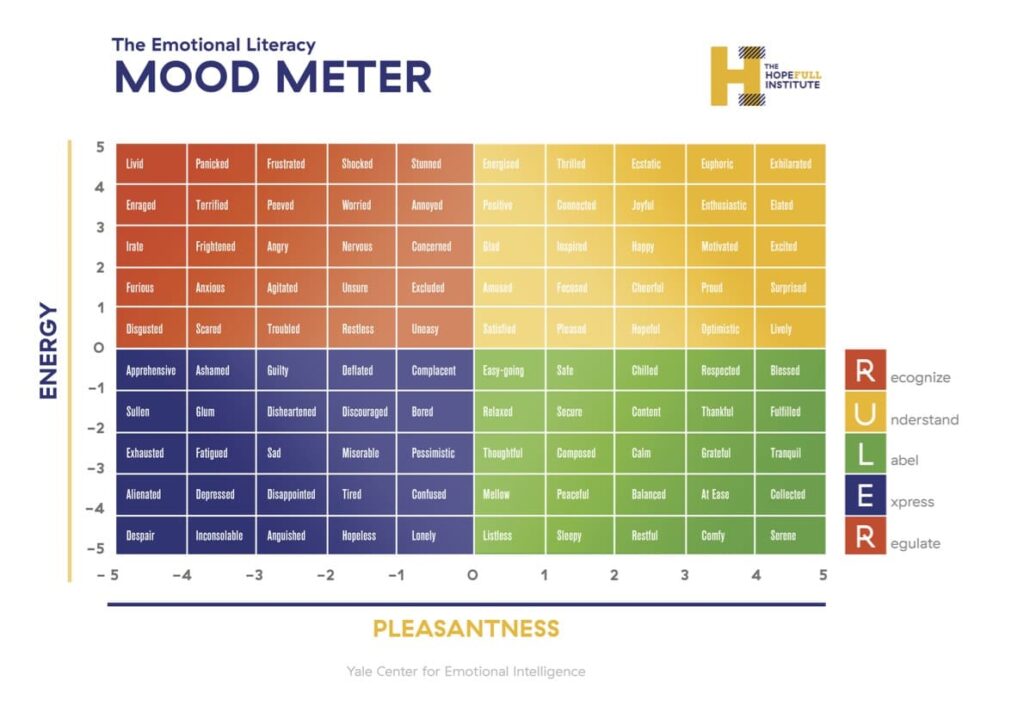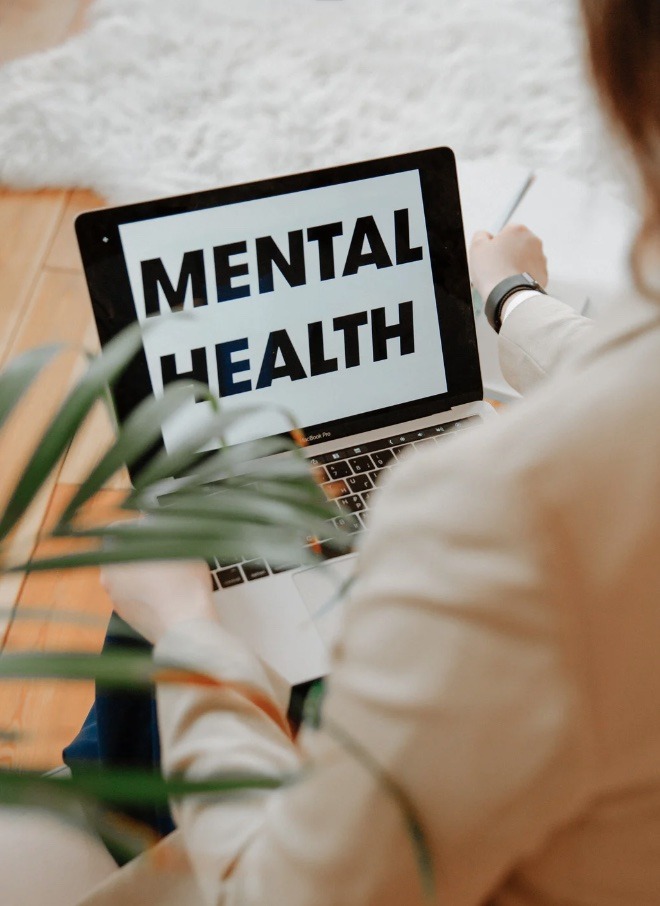Stay or Go? How to Make the Best Choice in your Relationship.
Should I stay in my relationship? This question often haunts us when we’re feeling unclear about how well a relationship is serving our needs. Making a difficult choice can be an uncomfortable experience. We lose sleep, consult others incessantly, and list endless pros and cons to arrive at the right decision. We stress, realizing that we bear the responsibility for our choice. Even more, we feel guilt and shame for feeling unclear of our intentions towards someone or something else, and the impact our paralysis has on others.
What you’re feeling is ambivalence: Two conflicting feelings that creates an uncomfortable tension, like a tug-o-war. Oftentimes, ambivalence visits us in our relationships or in making a big decision.
When we have good reason to both stay and to go, how do we get out of ambivalence and choose?
4 Reasons We Struggle to Choose Whether to Stay in Your Relationship
1. Wondering to Stay in Your Relationship or Go Is A Valid Response to Having Multiple Needs In Conflict.
When a decision feels like choosing between two equally important needs, its normal to feel stuck and unable to decide. For example, we may feel dissatisfied with a job offering us no room to advance, and yet feel secure receiving the consistent paycheck each month this same job offers. The need for growth and security may feel equally important, and therefore we’re ambivalent about our job; one need is met by staying, while the other could be met by leaving.
2. I’m Not Ready to Make a Change, Just Yet
Sometimes, we can acknowledge a desire, such as experiencing a committed romantic relationship. However, expressing this desire isn’t yet worth to us the disruption to our current relationship, where the desire for commitment isn’t mutual. As a result, we experience ambivalence within the relationship. We feel ambivalent about our circumstances until the motivation to change them outweighs our desire to stay the same. Check and see if you ask yourself the following questions:
Are there downsides to making this change?
Are there things I like about staying the same?
If so, there may be not enough to sway you at this time to make a choice. We often experience ambivalence as a result.
3. I Don’t Believe Change is Possible
Sometimes, we don’t really believe we can have what we want, so we prevent ourselves from taking action in the direction of our truest desire. It can be difficult to make a choice if our desire is strong, yet we just can’t choose it out of fear. Fear of the unknown, of failure, of loss. Check and see if you ask yourself the following questions:
Is it difficult to prioritize this change due to time, money, or resources?
Am I hesitant because I’ve tried this change in the past and it was unsuccessful?
4. Ambivalence Is Modeled in Early Attachment
Our connection with our earliest caregivers has a large impact on how ambivalence shows up in our relationships later in life. Adult attachment is often related to the emotional closeness and consistency experienced in our younger years with a caregiver.

How to Make a Choice When You’re Ambivalent to stay in your relationship
1. Accept That All Change is Grief.
Making choices is hard, because with every decision something is gained, while at the same time, something is lost. If we leave our current job, we lose our current job. When we consider the fact that there’s no other outcome than to risk losing something we have for hopes of something better, change can elicit real feelings of sadness and disappointment in the outcome we’d hoped for but didn’t get. The change, even if a positive one, comes with grief – despite all the ways staying the same can also cause us distress. Likewise, you may conclude that you’re committed to keeping the job you have, despite its challenges. While staying may be the right decision for you, there’s real grief from allowing other opportunities to pass as you invest in the one you’ve chosen.
2. Clarify Your Values to Make a Choice
When our needs compete, we can use our own values as a framework to help make a choice. Reflect on who you wish to become. Does the person you’re becoming value growth? Authenticity? Integrity? Loyalty? And, if you were to really sit with it, how would you prioritize your values? For instance, clarifying that you value authenticity over loyalty, even just slightly, creates a pathway toward resolving ambivalence; Your values act as a compass guiding you in the direction that’s closest to who you want to be. This way, even our most ambivalent relationships and circumstances can be reorganized to align with the life that feels congruent within us.
3. Normalize Ambivalence as a Part of Making Big Changes.
Although it may feel confusing and wrong, ambivalence is a normal experience we have when we’re deciding whether to undergo a significant change. The next time you feel the inner tension between staying or going, take comfort in knowing there’s a part of you trying bring all of your needs to your attention. When we accept our ambivalence, we can get curious about the information it has to tell us about our needs, values, and desires.
4. Choose Your Pain.
“We must suffer from one of two pains: the pain of discipline or the pain of regret.” – Jim Rohn
Entrepreneur Jim Rohn knowingly said that we “must suffer from one of two pains: the pain of discipline or the pain of regret.” While we don’t always get to choose whether or not we’ll experience pain, there’s often a choice in what type of pain we endure. For instance, we can choose the pain and consequences of leaving, staying, accepting, declining, avoiding, isolating, acquiescing, delaying, or changing. But the consequences and pain associated with making any decision is part of being human, and is here to stay. The good news? We can grow the capacity to tolerate and move through the pains associated with decision making.
5. Recognize That Ambivalence Is A Choice.
Despite feeling paralyzed and stuck, we can choose to remain in or resolve our ambivalence. Consequently, remaining ambivalent is a choice to stay in something that Northhampton Couple’s therapy calls too good to leave, but too bad to stay in relationship. When we live too long in ambivalence, it can cause problems in our lives, such as eroding the trust in our relationships.
6. Make a Choice to Reach Out
Ambivalence doesn’t need to define your relationships or decisions. Seek out guidance to help you align life’s inevitable decisions with you’re personal values. I help others identify and resolve their emotional ambivalence so they can lead lives of greater freedom and safety.


























